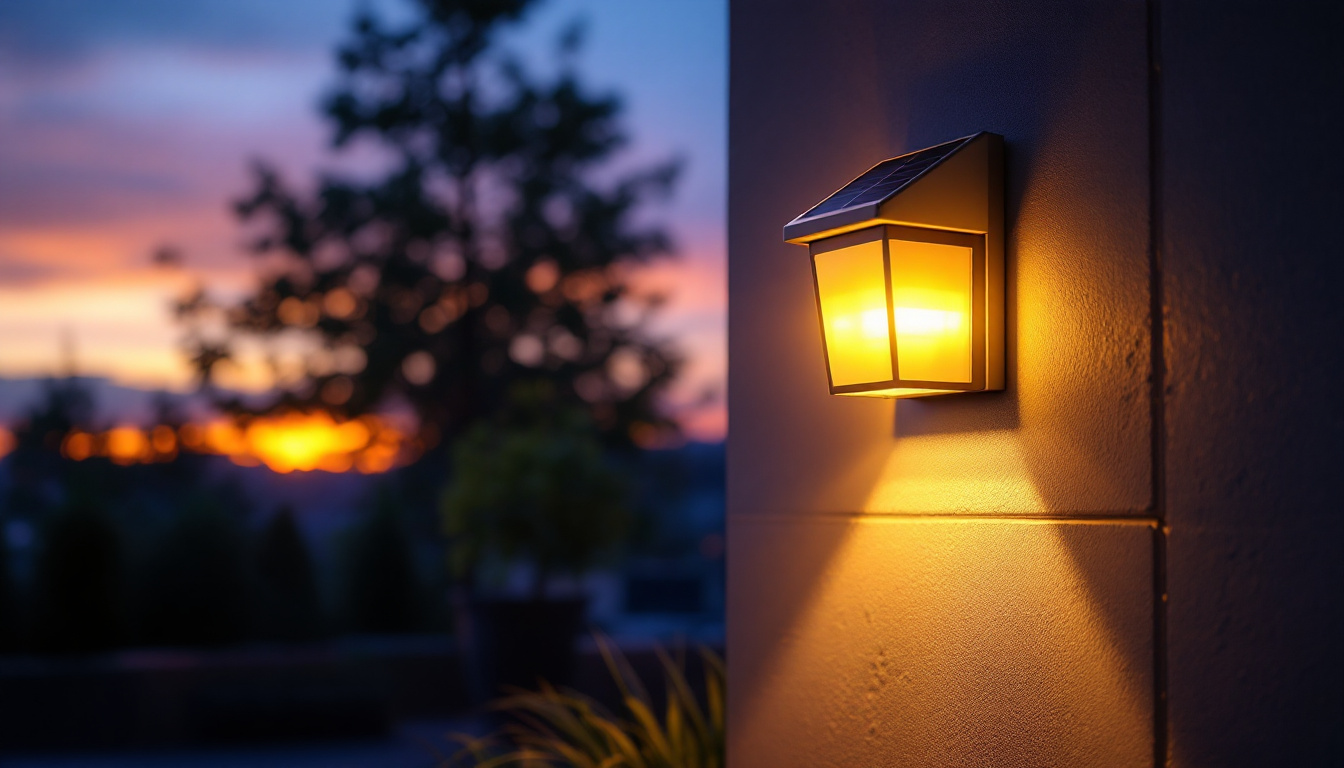
Fluorescent ballasts play a crucial role in the functionality and efficiency of fluorescent lighting systems. For lighting contractors, understanding these components is essential not only for installation but also for maintenance and troubleshooting. This article delves into the significance of fluorescent ballasts, their types, installation tips, and best practices for contractors.
Fluorescent ballasts are electrical devices that regulate the current to fluorescent lamps. They serve as a vital component in ensuring that fluorescent lights operate efficiently and effectively. By providing the necessary voltage to start the lamps and controlling the current during operation, ballasts help maintain consistent lighting levels.
Without a properly functioning ballast, fluorescent lights can flicker, hum, or fail to start altogether. This not only affects the quality of light but can also lead to increased energy consumption and reduced lifespan of the lamps. Thus, for lighting contractors, a solid understanding of how ballasts work is fundamental.
The primary function of a ballast is to provide the initial surge of electricity needed to ignite the gas within the fluorescent tube. Once the lamp is lit, the ballast regulates the electrical current to ensure stable operation. This regulation is crucial, as excessive current can lead to overheating and premature failure of the lamp.
Moreover, ballasts can influence the overall energy efficiency of a lighting system. High-quality ballasts can significantly reduce energy consumption, which is a key consideration for both contractors and clients looking to minimize operational costs. The choice of ballast can also impact the overall lighting quality, including color rendering and brightness, which are essential factors in commercial and residential spaces alike.
There are primarily two types of fluorescent ballasts: magnetic and electronic. Each type has its own set of characteristics, advantages, and disadvantages, making them suitable for different applications.
Magnetic ballasts, which have been in use for decades, operate using electromagnetic induction. They are typically heavier and can produce a noticeable hum when in operation. While they are generally less energy-efficient than their electronic counterparts, they are known for their durability and reliability. In many cases, magnetic ballasts are preferred in environments where robustness is crucial, such as industrial settings.
On the other hand, electronic ballasts utilize solid-state technology, which allows for more efficient operation. They are lighter, quieter, and capable of providing a flicker-free light output. Electronic ballasts also offer greater flexibility in terms of dimming capabilities and can support a wider range of lamp types. Additionally, they often come equipped with features such as rapid start and programmed start, which enhance the lifespan of the lamps by reducing stress during ignition.
Furthermore, the advancements in electronic ballast technology have led to the development of smart ballasts, which can integrate with building management systems. These smart ballasts can adjust lighting levels based on occupancy or ambient light conditions, further optimizing energy usage and enhancing user comfort. As the demand for energy-efficient solutions continues to grow, understanding the nuances of these various ballast types becomes increasingly important for professionals in the lighting industry.
When installing fluorescent ballasts, several factors must be taken into account to ensure optimal performance and safety. Proper installation not only enhances the functionality of the lighting system but also prolongs the lifespan of the lamps and ballasts.
Selecting the appropriate ballast for a specific application is critical. Contractors should consider the wattage and type of fluorescent lamps being used, as well as the desired lighting effects. For instance, if dimming capabilities are required, an electronic ballast designed for dimming should be selected.
Additionally, compatibility with the existing lighting fixtures and wiring is essential. A mismatch can lead to inefficiencies, increased energy costs, and potential safety hazards. Therefore, contractors must carefully evaluate the specifications of both the lamps and the ballasts before making a selection. It is also beneficial to consider the environmental conditions where the ballast will be installed; for example, ballasts designed for damp or wet locations can prevent premature failures in areas exposed to moisture.
Safety should always be a top priority during the installation of fluorescent ballasts. Before beginning any work, contractors should ensure that the power supply is turned off to avoid electrical shocks. Using insulated tools and wearing appropriate personal protective equipment (PPE) can further enhance safety during the installation process.
Furthermore, it is important to follow all local electrical codes and regulations. Adhering to these standards not only ensures the safety of the installation but also protects the contractor from potential liabilities. Contractors should also be aware of the potential hazards associated with handling fluorescent lamps, which contain small amounts of mercury. Proper disposal methods must be followed to minimize environmental impact and comply with regulations regarding hazardous waste.
After installation, testing the ballast is crucial to confirm that it is functioning correctly. Contractors should check for consistent light output, absence of flickering, and any unusual noises that may indicate a problem. If issues arise, troubleshooting becomes necessary to identify the root cause.
Common problems with fluorescent ballasts include overheating, buzzing sounds, and failure to start the lamps. In many cases, replacing a faulty ballast can resolve these issues. However, it is essential to diagnose the problem accurately to avoid unnecessary replacements. Utilizing diagnostic tools, such as multimeters, can assist in determining whether the ballast is receiving the correct voltage and functioning within its specified parameters. Additionally, understanding the lifecycle of fluorescent ballasts can help contractors anticipate when replacements may be necessary, allowing for proactive maintenance and ensuring a reliable lighting system.
Regular maintenance of fluorescent ballasts is essential for ensuring long-term performance and reliability. Lighting contractors can implement several best practices to keep these components in optimal condition.
Conducting routine inspections of fluorescent ballasts can help identify potential issues before they escalate. During these inspections, contractors should check for signs of wear, such as discoloration, corrosion, or physical damage. Additionally, monitoring the performance of the lamps can provide insights into the health of the ballast.
It is advisable to schedule these inspections at regular intervals, particularly in high-use environments where lighting systems are critical for operations. Early detection of problems can save time and resources in the long run. Furthermore, documenting the findings of each inspection can provide valuable data over time, allowing contractors to spot trends and make informed decisions about when to replace or repair ballasts.
Dust and debris can accumulate around ballasts and fixtures, potentially leading to overheating and reduced efficiency. Contractors should incorporate cleaning as part of their maintenance routine. This includes wiping down fixtures and ensuring that vents and cooling areas are clear of obstructions.
In environments with high levels of dust or contaminants, more frequent cleaning may be necessary. Keeping the area around the ballast clean not only enhances performance but also contributes to a safer working environment. Moreover, using appropriate cleaning agents that are safe for electrical components can help maintain the integrity of the ballast and prolong its lifespan. Implementing a cleaning schedule that aligns with the operational demands of the facility can further optimize performance and minimize downtime.
As technology advances, newer and more energy-efficient ballast options become available. Contractors should stay informed about the latest developments in ballast technology and consider upgrading older systems to improve energy efficiency and reduce operational costs.
Upgrading to electronic ballasts, for example, can lead to significant energy savings and improved lighting quality. Additionally, many energy efficiency programs offer incentives for upgrading to more efficient systems, which can benefit both contractors and their clients. These incentives can offset the initial costs of upgrading, making it a financially viable option. Furthermore, by transitioning to LED-compatible ballasts, contractors can future-proof their installations, ensuring compatibility with the latest lighting technologies and maximizing energy savings over time.
Fluorescent ballasts are indispensable tools for lighting contractors, playing a vital role in the performance and efficiency of fluorescent lighting systems. Understanding the types of ballasts, installation considerations, and maintenance practices is essential for ensuring optimal operation and longevity of lighting systems.
By selecting the right ballast, adhering to safety protocols during installation, and implementing regular maintenance routines, contractors can enhance the reliability and efficiency of their lighting projects. As the industry continues to evolve, staying informed about advancements in ballast technology will further empower contractors to deliver high-quality lighting solutions to their clients.
In a competitive market, knowledge of fluorescent ballasts not only enhances a contractor’s skill set but also builds trust with clients, paving the way for successful projects and satisfied customers.
Ready to elevate your lighting projects with the best fluorescent ballasts on the market? Look no further than LumenWholesale, where we provide contractors with high-quality, specification-grade lighting products at unbeatable wholesale prices. Say goodbye to local distributor markups and hello to our extensive selection that meets the highest industry standards. With LumenWholesale, you can trust that you’re getting reliable, high-performance lighting for every project. Plus, we make your bulk purchases smooth and cost-effective with free shipping, ensuring you get premium lighting at the best value — without hidden fees or compromises. Don’t miss out on quality, affordability, and convenience. Wholesale Lighting at the Best Value is just a click away!

Discover expert insights and practical tips on 6-inch wafer lights tailored for lighting contractors.

Discover the often-overlooked aspects of solar outdoor wall-mounted lights that even seasoned lighting contractors miss.

Discover the transformative impact of solar-powered lights on the lighting industry.

Discover the essential role of recessed can lights in modern lighting installations.